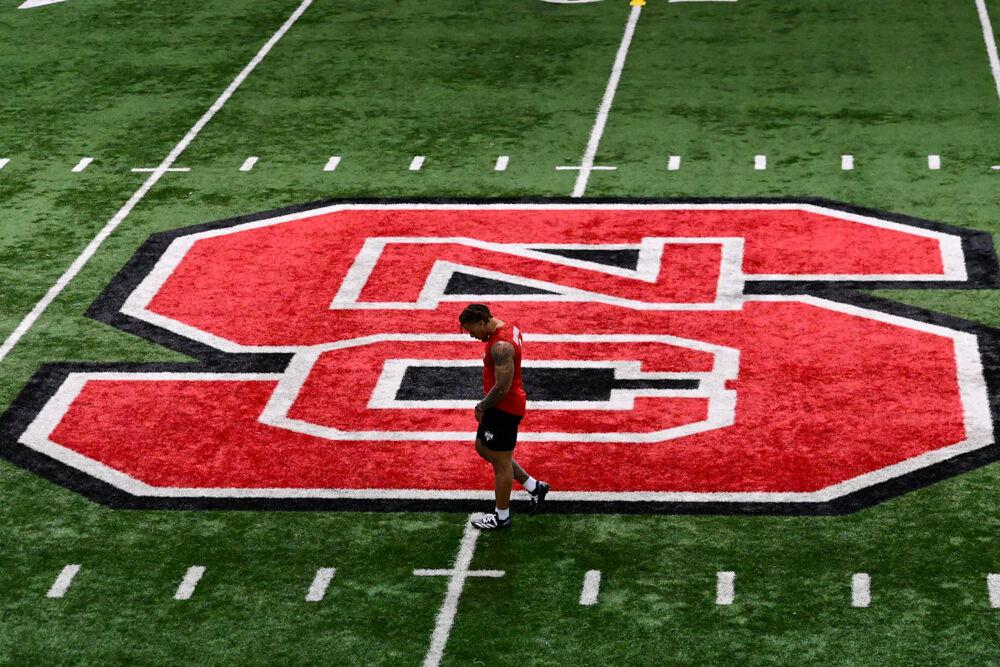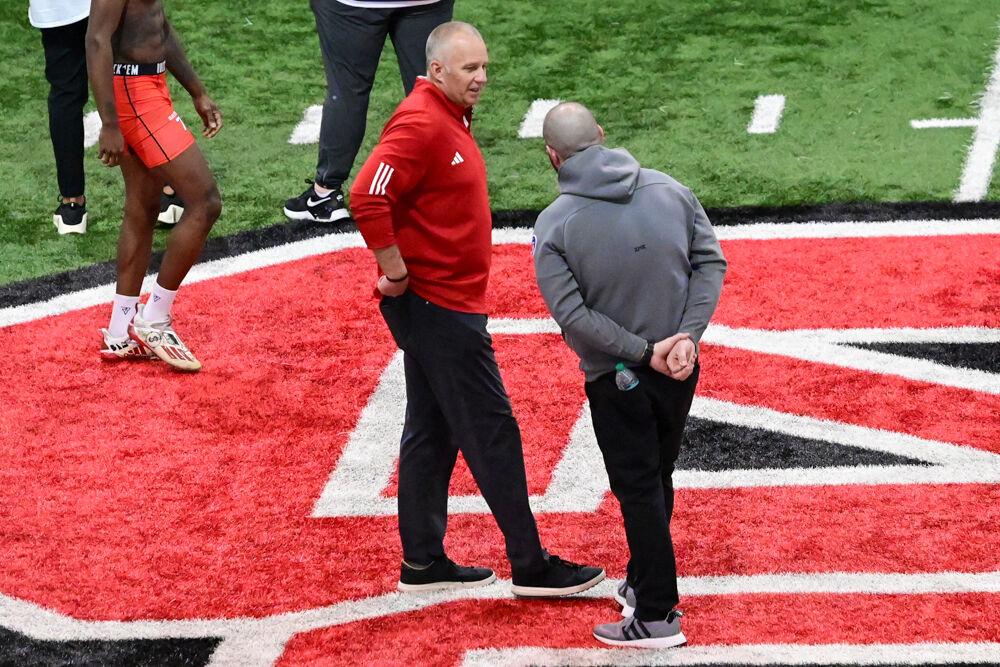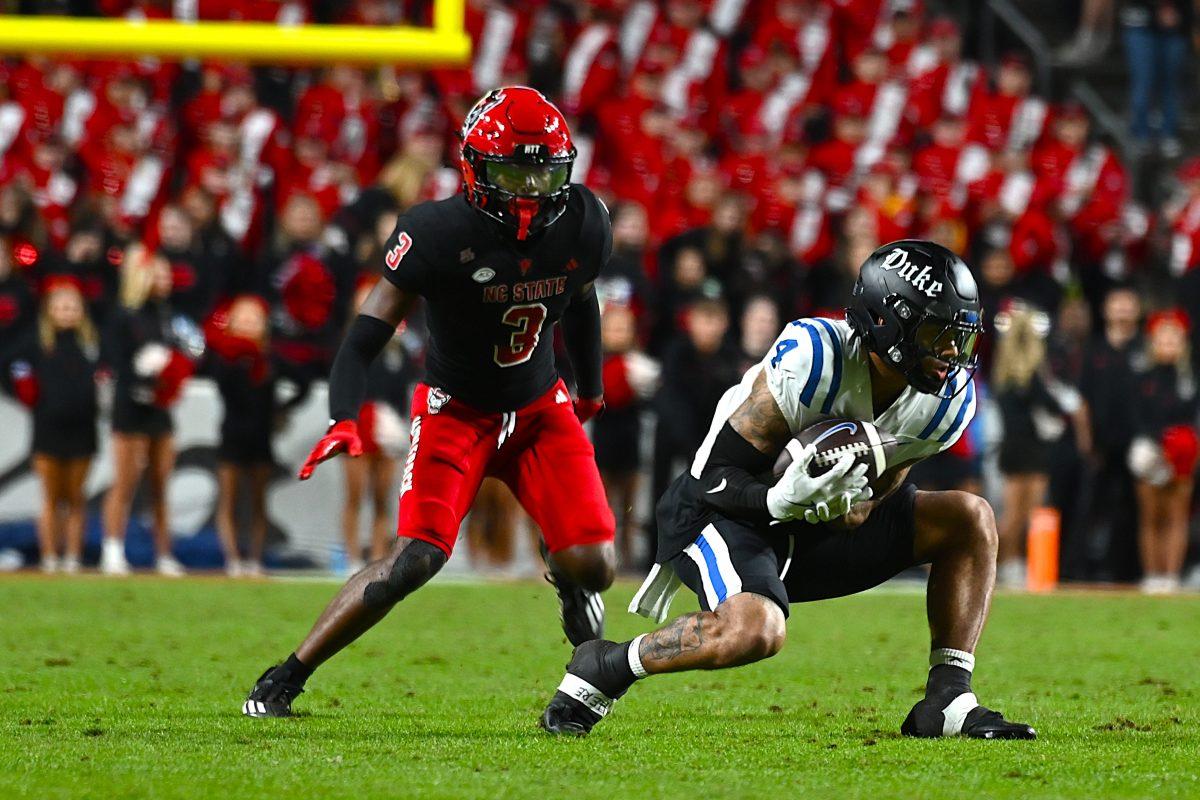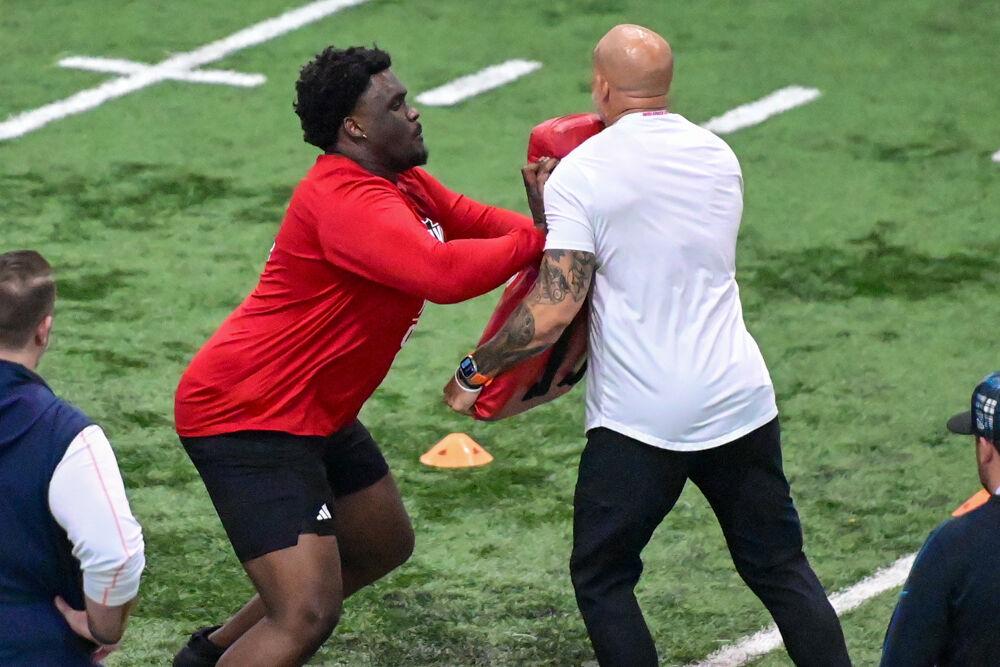The U.S. Court of Appeals for the Third Circuit upheld a decision from April 2015 that approved a $1 billion settlement between the NFL and more than 20,000 of its retired players Monday.
The settlement secured substantial retirement health benefits for former NFL players, making this a landmark decision in the league’s effort to move past the criticism that it withheld information about the health risks of the sport and did not prioritize its players’ post-retirement well-being. However, the league is far from entirely brushing this issue under the rug.
Though the settlement was reached over a year ago, retirees were unable to receive the benefits while the appeals process was still in motion, motivating an NFL spokesman to call the decision “a significant step in implementing the club’s commitment to provide compensation to retired players who are experiencing cognitive or neurological issues.”
Benefits can reach up to $5 million for individual players and are extended for the next 65 years. The main scope of the benefits are treatment for neurological conditions, like Lou Gehrig’s disease, which claimed the life of former Philadelphia Eagles fullback Kevin Turner less than a month ago. According to an estimate from the NFL, nearly three in 10 currently-retired players could develop Alzheimer’s or dementia in their life.
Unmentioned in the settlement were behavioral disorders linked to chronic traumatic encephalopathy, the discovery of which was covered in the recent “Concussion” movie, stirring up public discussion about a topic that has been on the minds of NFL retirees for a long time. A small minority of such players led the charge to appeal the settlement for this very reason, arguing that the league should own up to the role that concussions play in the development of severe neurological conditions like CTE.
However, as part of the decision, the NFL will not accept responsibility in these cases, despite a league official recently acknowledging the potential link.
“The NFL’s recent acknowledgment may very well advance the public discussion of the risks of contact sports, but it did not advance the science,” the judges wrote.
There is currently no definitive evidence of the link, but there is a clause in the court’s decision that calls for review by both the league and the retired players in the case of new scientific findings.
Objectors to the decision can continue the appeals process in court, but doing so will likely only extend the time that they are without any of the provided health benefits. Christopher Seeger, co-lead counsel for the former players, argues that there is no good reason for further appeals.
“Though the objectors challenge the fact that the settlement does not compensate ‘C.T.E.’ as a Qualifying Diagnosis in living players, they ignored that the Settlement compensates several of the most serious conditions that have been reported as outcomes and co-morbid conditions of advanced C.T.E. … i.e., dementia, Alzheimer’s disease, Parkinson’s disease, and ALS,” Seeger said in a court filing.
The NFL is now released from liability for concussion-related lawsuits from the vast majority of players who did not opt out of the settlement under the principle of res judicata, which prevents re-litigation of a settled decision. In other words, only the relatively few objectors can still sue the NFL for potentially covering up their knowledge of the long-term effects of concussions or even related symptoms like headaches and confusion.
It was likely a financially prudent move by the NFL to make this settlement now, before new methods are developed for detecting CTE in live patients — it can currently only be found posthumously. But the clause allowing for revisions could hit the league’s wallet in the future if relevant scientific discoveries are made within 10 years, when the settlement will be up for its first review.













